Kelli’s Kitchen is hitting the rails and traveling by train from Winnemucca to Chicago this week. So here is a flashback article to Cantaloupe Season in 2021.
It is the most celebrated time of year for Fallon residents who love local produce: Cantaloupe Season.
The Fallon Melon Man has been spotted on the Reno highway. We collectively count the days of our famous (or infamous) festival. And melons of all shapes, sizes, and colors are harvested from Fallon’s fields. Ever since I had the honor of serving as the Cantaloupe Queen, I have cultivated a special love for Fallon Melons, so I thought I would provide you with a guide to the melons you will find if you take a gander at a roadside stand, a farmers market, or visit one of the farms in our neighborhood.
But first, here are my answers to a couple of questions that frequently pop up when I discuss Fallon’s amazing melons.
What is the difference between a cantaloupe and a muskmelon?
On the East Coast of America and Europe, “muskmelon” is used more frequently in the fruit lexicon. The simple answer is that all cantaloupes are muskmelons, but not all muskmelons are cantaloupes. Officially, a muskmelon is a Cucumis Melo, a species closely related to gourds and squash, cucumbers, and watermelon. Cantaloupes are one of two varieties of Cucumis Melo, North American and European. The North American variety has a distinctive netting on its skin and a milder flavor, while the European variety tends to be sweeter and has smoother light green skin.
Why are Fallon’s melons the best?
I believe that the vast majority of produce raised in Churchill County is tastier than produce raised in other growing regions. The answer is simple: raising produce with limited water yields more flavorful fruits and vegetables. Melons are no exception. Our warm days, generally cooler nights, limited water, and modified dry-farming techniques cause our plants to concentrate sugars, resulting in the most delicious produce you can find.
Which is the best melon?
While this is an extremely personal decision, I believe orange-fleshed melons are superior to all others. But again, I am biased. So, let’s leave it at this truism: a melon purchased from the people who grew it will always be better than a melon purchased in a conventional grocery store. So, watch out for the orange pop-up and the truck with the “MELONS” license plate on the Reno Highway; drop in at Lattin Farms; visit Pick’n & Grin’n at the Thursday farmers market and grab yourself some edible sunshine.
All of Fallon’s melons are beyond delicious. You can eat them one at a time or slice them all up on a fruit platter and compare flavors.
Here is one of my favorite ways to celebrate Fallon’s melons: Fallon Melon Pico de Gallo. This recipe can be served as a topping for tacos, spooned over grilled fish, or as a sweet-savory cocktail with poached shrimp. You can also try cutting the melon into larger cubes and serving it as a side salad.
Kelli’s Melon Pico de Gallo
Ingredients:
Assorted Fallon melons—choose a variety with different levels of sweetness and flesh colors. Cut them into either small or large cubes, depending on your purpose.
Red onions - diced
Farm Fresh Tomatoes - use a combination of different tomatoes, highlighting their shape, color, and flavor.
Cilantro - chopped
Jalapeno - fine dice
Limes - juice and zest
Olive Oil
Salt and Fresh Black Pepper
Directions:
Combine all ingredients and season to taste
Ways to serve and enjoy:
Small-diced melon can be used as a mix for taco topping
Eat with tortilla chips
Puree a bit of the mix to make a tasty summer fruit gazpacho
Serve with poached shrimp as a sweet-savory shrimp cocktail
Large-cubed melon as a side salad at a barbecue

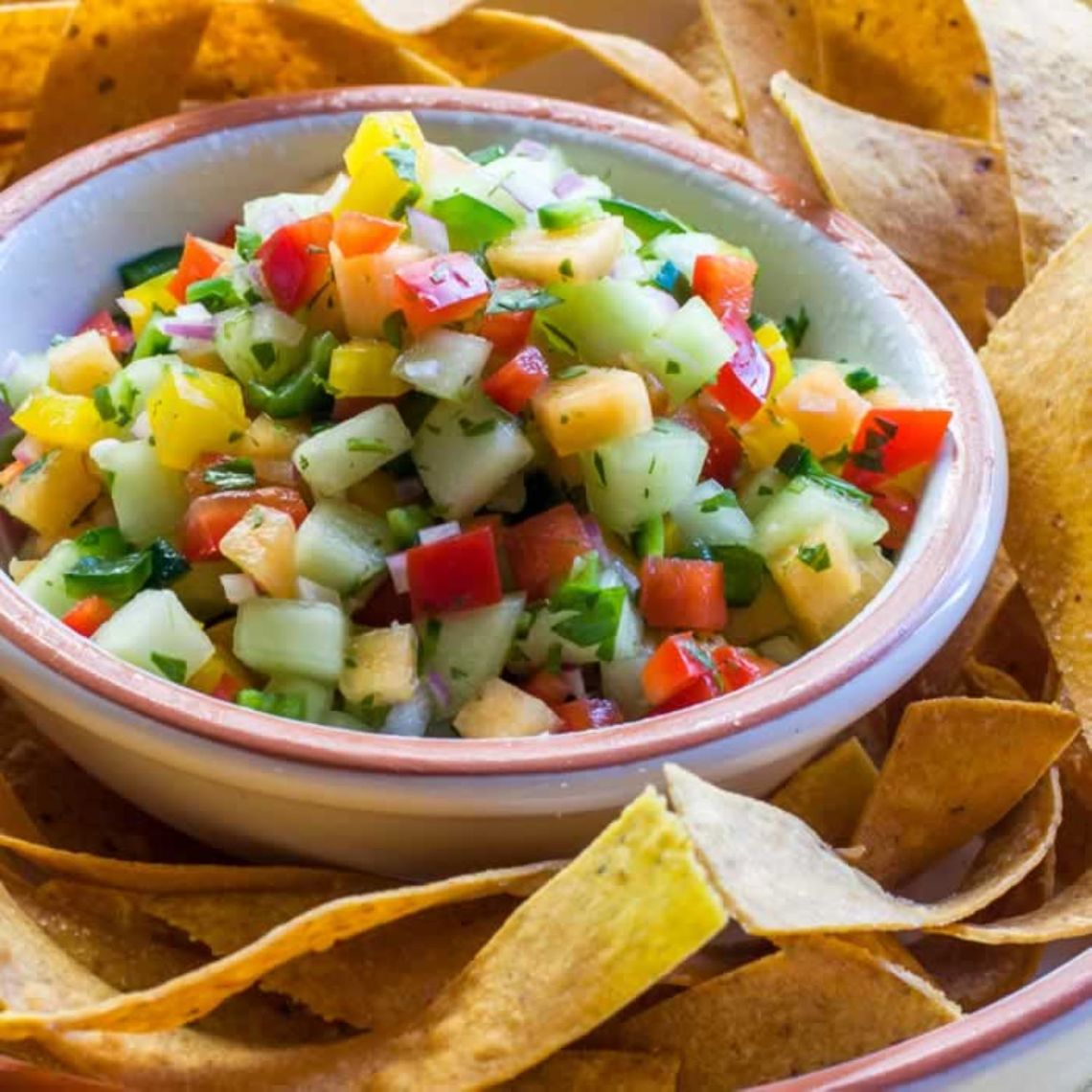
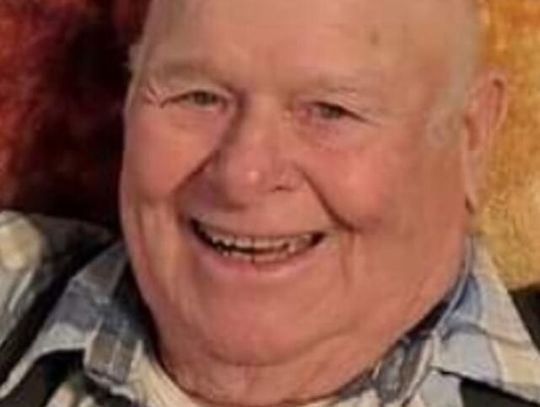

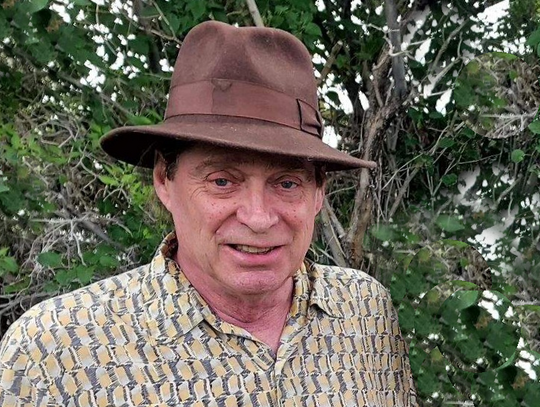
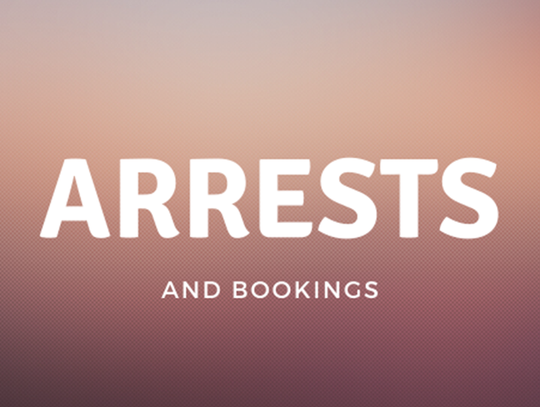
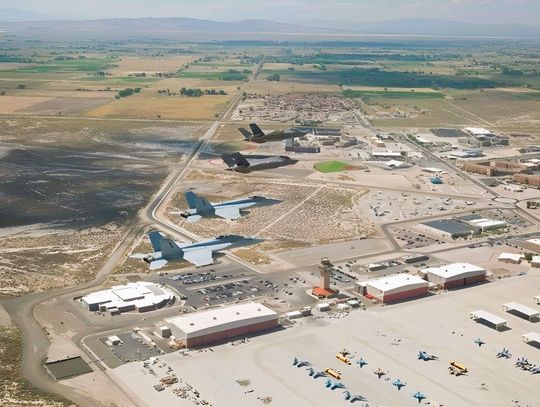

Comment
Comments